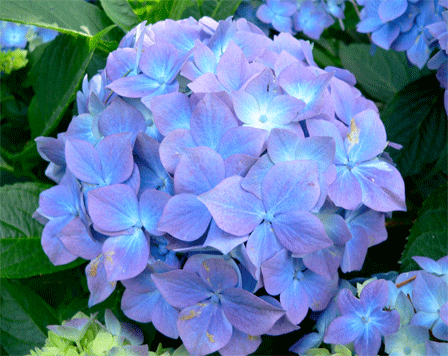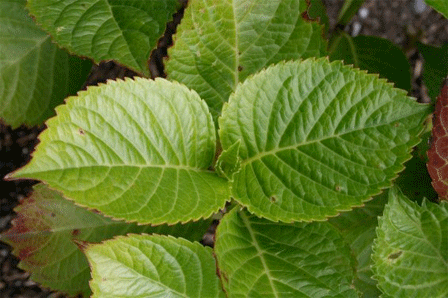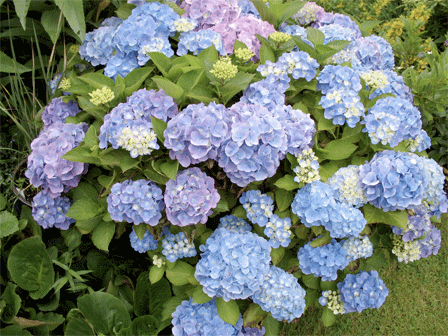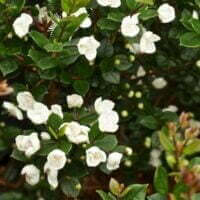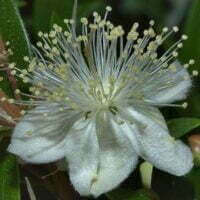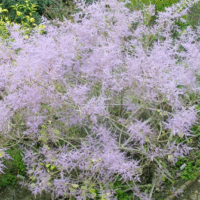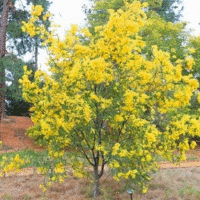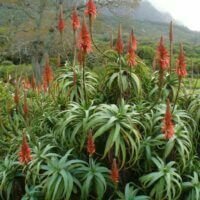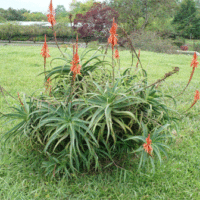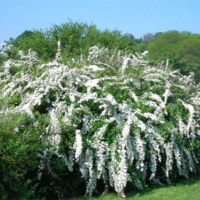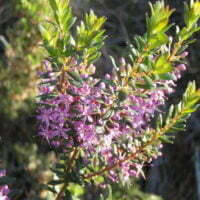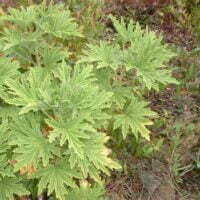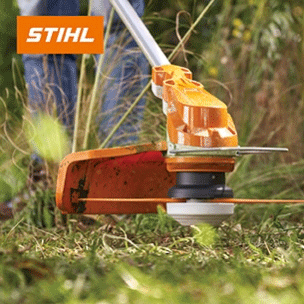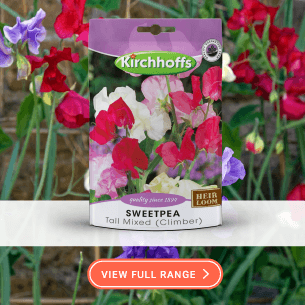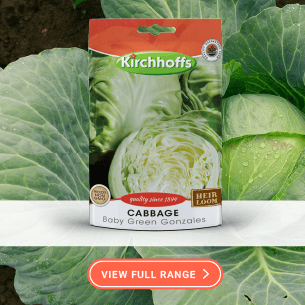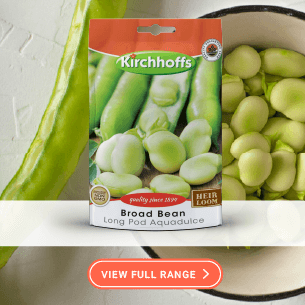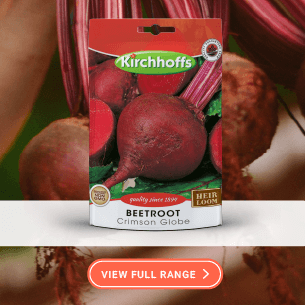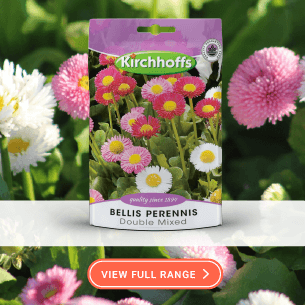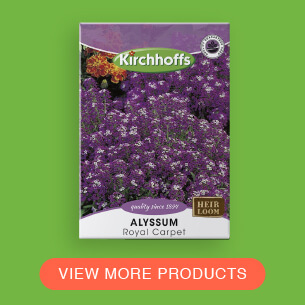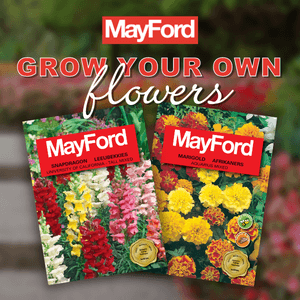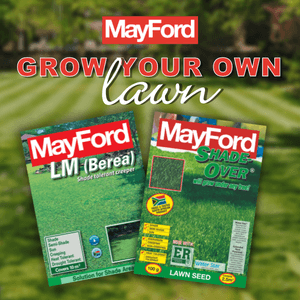| Botanical name | Hydrangea macrophylla |
|---|---|
| Plant Care |  Deciduous Deciduous – Sheds Its Leaves Annually  Half Sun Half Sun – Prefers 3 To 6 Hours of Sunlight a Day. Frost Hardy Frost Hardy – Can Handle frost without damage.  Moderate Watering Moderate Watering – Requires Regular Watering.  Low Maintenance Low Maintenance – Requires little maintenance.  Pruning Required Pruning Required – Needs to be Pruned.  Non Indigenous Non Indigenous – Exotic to South Africa. |
| Size | |
| Categories | |
| Flowers | January February March April August September October November December This plant bears flowers in many shades from Spring to Autumn. |
| Common name(s) | Bigleaf hydrangea, Hortensia, Lace-cap hydrangea, Florist's Hydrangea |
| Origin | |
| Uses in landscape design | Lovely grown in tubs on a shady patio. Flowers are ideal for the vase. Cut flowering stems in the hard wood, otherwise the flower will not last when picked. |
| Planting instructions | Planting: Blue hydrangeas need a soil pH of as low as 4.5, so add a lot of acid compost when planting to make it more acid. For pink hydrangeas, the soil does not need to be as acid (pH 6.0), so plant with ordinary compost. |
| Maintenance | Prune plants at the end of Winter. |
| Soil conditions | Moist, well drained, acidic |
| Recommended varieties | ‘Bodensee’ has sky-blue flowers, depending on the soil pH. ‘Daphne’ has pink flowers and retains its colour. ‘M. E. Moulliere’ has white flowers, ageing to a pinkish hue. |
Hydrangea macrophylla (Bigleaf hydrangea, Hortensia, Lace-cap hydrangea, Florist's Hydrangea)
- Botanical name: Hydrangea macrophylla
- Common name(s): Bigleaf hydrangea, Hortensia, Lace-cap hydrangea, Florist's Hydrangea
- Categories: Shrubs and Perennials
Plant description:
These are among the showiest flowers in the summer garden. The first blooms appear in early summer and flowering continues into autumn. Many older cultivars lose their colour over time, eventually turning green, but modern hybrids retain their colour far longer. The plants can be pruned at the end of Winter.
Family: Hydrangeaceae
Botanical Pronunciation: hy-DRAIN-jah mak-roe-FIL-lah
Hydrangea macrophylla requirements and features
info on these icons
Moderate Maintenance
Requires moderate maintenance.
Prohibited Use Notice: No Data Scraping Allowed Except for Search Engine Indexing:
The content provided on PlantInfo.co.za is intended for personal, non-commercial use only. Unauthorized extraction, reproduction, or use of the data, including scraping, for any purpose other than search engine indexing is strictly prohibited. Violations of these terms may result in legal action. By accessing and using this website, you agree to comply with these conditions and acknowledge the legal restrictions on the use of our content.
January February March April August September October November December
This plant bears flowers in many shades from Spring to Autumn.
